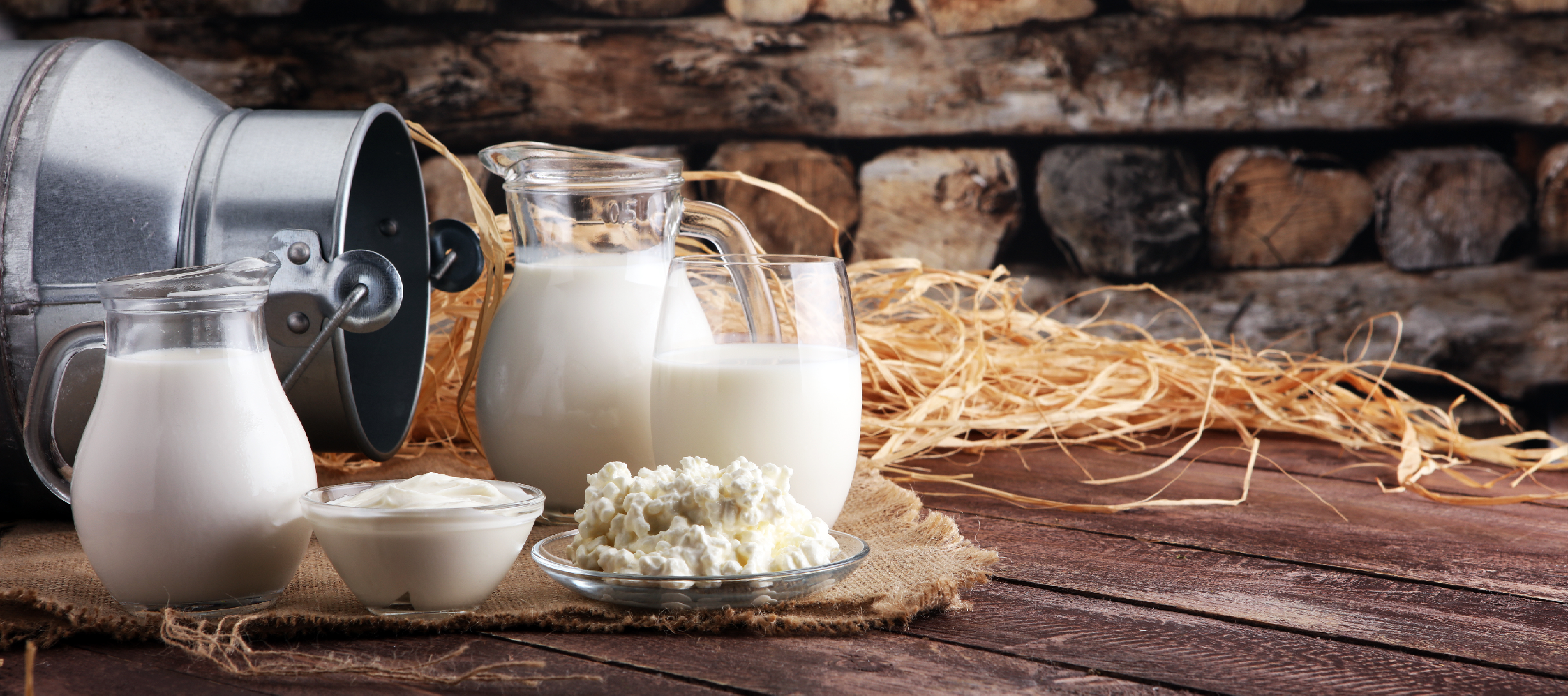
How to understand research patterns in nutrition science
Recently I sent an email out to everyone on the BTN email list that discussed the idea that milk makes mucus, and how once you actually look at the research this claim is not true.
Well, did I get some responses to that or what!?
Now, this is both entirely understandable and, more importantly, excellent. I like to think that the BTN Academy helps to encourage its students and participants to all to be critical thinkers. This means questioning the things that we teach whenever it feels appropriate.
It’s good because it shows engagement with what we teach, and it offers me the chance to explain everything in further detail as well.
Most of the people replying to my email on the non-relationship between milk consumption and mucus build-up said something along the lines of “I’ve heard things/read things that point in both directions, so I’m interested in your thought process behind dismissing it.”
When confronted with a question like this, or any claim that could be summed up as ‘the research is conflicted/it points in different directions’, the important thing to keep in mind is that ‘the research’ isn’t really one single homogenous entity.
‘The research’ is the word used to describe a ton of related but ultimately independent writeups and reports from studies done by different researchers at different labs looking at different things under different conditions. Often when the research is really conflicting the really important thing to wonder is ‘what specifically is being found here?’
If we were to ask whether the leg press is good for hypertrophy and the research was found to be conflicting, it would be really important for us to look at why that is – maybe some research involves a calorie surplus, some a deficit, and so while the overall research is conflicting that is because the variables are different and the specific research on leg pressing in a surplus may be fairly consistent, or at least similar.
Parsing these things out is difficult, of course, and it’s even more so when it comes to nutrition where the majority of the research is observational and so limited in its applicability to the real world. Click HERE to read a previous BTN blog on how to make sense of scientific research into nutrition.
(If you want to learn about nutrition in a way that’s all collated for you, avoiding confusion and wasted hours of reading things that end up being irrelevant, head HERE for more information on our 12-month course. We’ve done the leg work; you gain a qualification – win-win!)
So back to the milk thing, why is the research conflicting?
The milk-mucus hypothesis is one of the clearest ways to illustrate how popular conversation points become hot research topics, leading to something akin to the Texas Sharpshooter problem.
That’s basically this analogy where a guy who’s bad at shooting shoots a ton of holes in a barn door, then looks afterwards for some shots that go close together, draws the target around that, and says he’s a good shot because his group is all in the target (ignoring all the misses).
In other words, it’s the ‘throw crap at a wall and see what sticks’ approach to understanding the world. Now this isn’t a problem, a lot of scientific enquiry is taking broad claims and finding the nugget of truth, but what we need to remember is that the truth of the nugget does not make the whole claim true.
Basically, the milk-mucus idea is a thing that was just said for a long time because milk texture tends to make your saliva a bit thicker and so people assumed this meant it was creating mucus. To be clear, everyone experiences this to some degree, and so the initial claim was that milk creates mucus in everyone.

This has since been researched and so currently, after years of study, the claim has been narrowed down to “There is a plausible mechanism by which a subgroup of people with asthma and an allergy to A1 milk proteins may experience an increased amount of mucus production in the lungs after drinking a lot of milk, if the mucus-producing response to the breakdown of A1 protein in their gut MUC5AC glands is replicated in the MUC5AC glands in the lungs, but more research is needed because this process has not been demonstrated and may not be possible in humans”.
You can read the academic paper on that HERE.
Now to be clear this may indeed be true, and so for this subgroup of a subgroup, drinking a lot of A1 milk may indeed lead to an increased amount of mucus production in the lungs, and if you really wanted to you could view this as validation for the idea that milk leads to the body creating more mucus
But if we’re being honest, it’s no longer anything close to the same claim, and being able to spot how it has changed will make your understanding of contemporary research much easier!
The Texas Sharpshooter fallacy is one of the most common I’ve seen online lately – the “throw out a ton of really vague claims and then draw attention to something that vaguely supports a small facet of one of those claims, and loudly proclaim that you were right all along” strategy of doing discourse.
See if you can spot it elsewhere!
Thanks for reading.